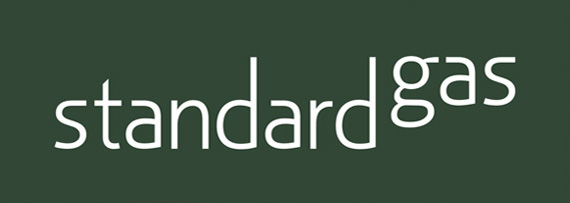Standard Gas’ Richard Jackson joins Negative Emissions Summit 2024
At the Negative Emissions Summit in Brussels on 20 June, the opening panel discussion saw Carbon Removal technology providers detailing several cutting-edge routes for bridging the huge gap between current removal levels and those required to achieve Net Zero by 2050.
With Standard Gas Director, Richard Jackson, describing the SG100’s ability to generate carbon removing biochar and fossil-replacing energy and products, other panellists explained technologies behind enhanced rock weathering, direct air capture, direct ocean capture, and bioenergy with carbon capture and storage.
Commenting on his session and the summit overall, Richard says: “To deliver the 10 billion tonnes of annual carbon removal the IPCC says will be necessary to reach the 2050 Net Zero target, we’ll need an array of new technologies, including ours. We also need to ensure there is space for the development of more technologies so there are multiple routes that address the carbon removal needs of different industries while also enabling economic growth compatible with climate goals.”
Held at Microsoft’s Brussels headquarters, Negative Emissions Platform, the summit’s host and organizer, says the aim of its annual summits is “to educate policymakers, investors, media, and civil society on the critical importance of highly durable and permanent carbon removals. Our focus extends beyond industry issues to legislative, scientific, and market advancements, emphasizing the urgency of the present moment.”
In the second panel discussion, Science for Trust: Providing the Evidence for Credible Carbon Removals, speakers from academic, removals accreditation, and scientific assessment organisations interrogated the ability of the technologies promoted in the first session to deliver removals and focused on the essential role for monitoring, reporting and verification in the development of scalable carbon removals sector. Quizzed on the role of biochar, Professor Ondřej Mašek from the University of Edinburgh’s UK Biochar Research Centre (UKBRC) responded that biochar from both pure biomass and mixed waste offer removals with a range of permanence in a variety of applications.
In the penultimate session of the summit, panellists explored the regulatory landscape for carbon removal, policies, potential challenges, and the role governments can play in developing the carbon dioxide removals sector. The final discussion focused on corporate climate claims and integrating carbon removals into company commitments, initiatives, and climate leadership.
To see all the Negative Emissions Summit 2024 sessions, click here: https://www.youtube.com/watch?v=NVzOkwyF_Pw
TRANSITION TO NET ZERO WITH OUR CARBON-REMOVING TECHNOLOGY
Carbon Negative Energy: Each year, a single SG100 plant can generate up to 40,000 MW hours of carbon-negative power, enough for around 10,000 homes, offices or commercial properties, as well as for the transportation sector and wider industry.
Carbon Reduction: It will remove up to 25,000 tonnes of CO2e – equivalent to the annual carbon emissions of 5,000 cars. With electrolysis, a plant processing biogenic waste will generate over 650 tonnes of green hydrogen. And the SG100 closes the waste management loop, offering a better low carbon alternative to landfill and incineration.
Carbon Capture: TheSG100 technology also generates ‘biochar’ and ‘carbon char’, a black, granular, dust-like co- product that can be sequestered in valuable agricultural, environmental, and industrial applications.



